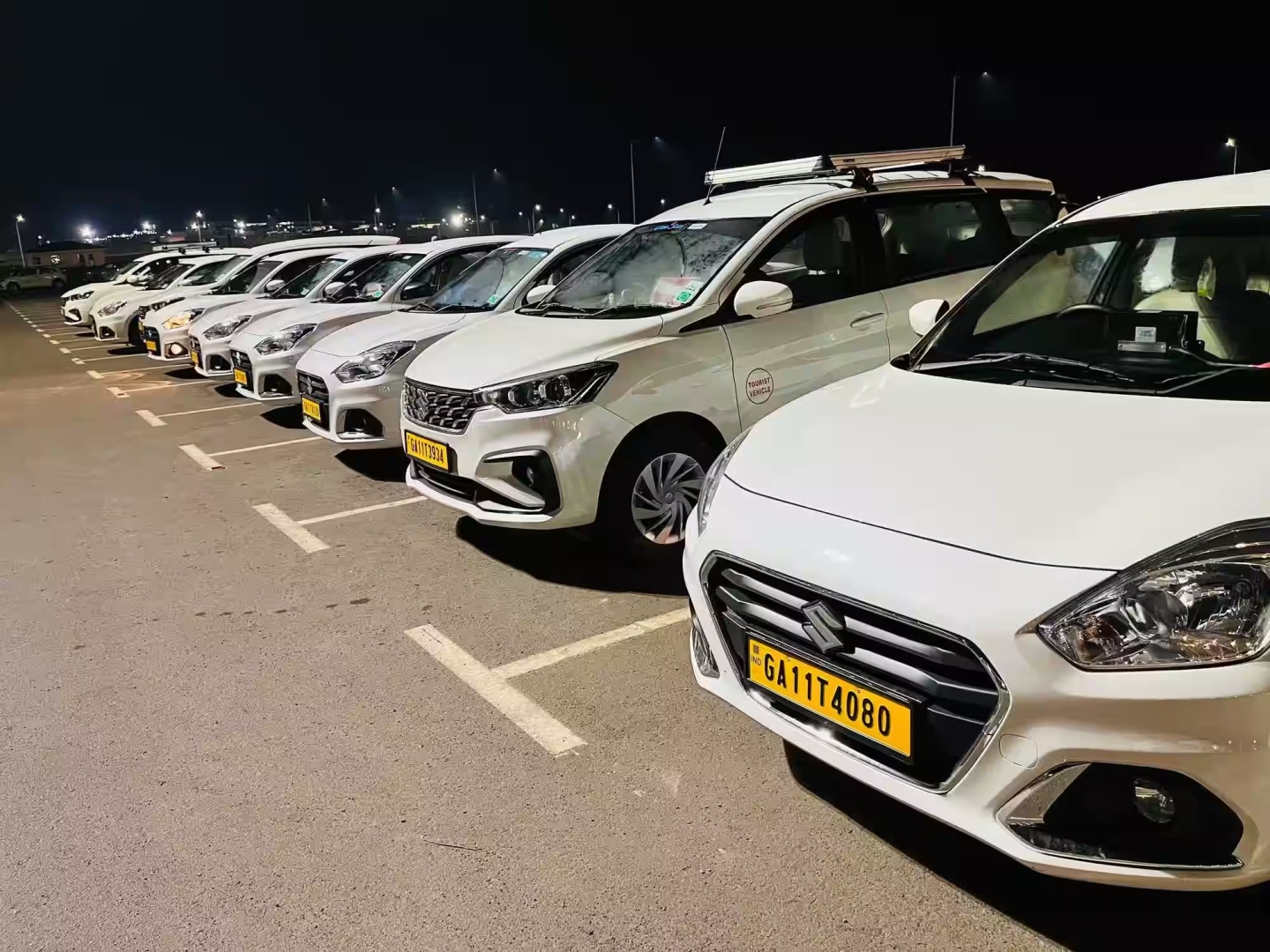Cab fares in Goa are also driven more by oversupply of vehicles and local geography, which make return-trips next to impossible

The other day, there was this interesting online debate, which was hard to avoid getting caught up in. It started with a post which read "Taxi Mafia v/s The People: Is a negotiated win-win settlement possible?"
This post suggested that the solution to the "problem" could be making a GTDC (Goa Tourism Development Corporation) taxi app go live in four months. Taxi unions could be given the chance to operate it. Besides Goa Miles and the proposed GTDC taxi app, inviting other operators like Ola and Uber to start services in Goa from June onwards was suggested.
Someone narrated a recent experience with Goa Miles. The service offered a pickup from Mopa; but the driver wanted cash, though the payment was online. He wanted money to pay for petrol. The poster concluded that there seemed to be some exploitation going on here.
Someone else pointed out: "The argument against the aggregators, is that they are guilty of unfair trade practices against their drivers, which in turn leads to inefficient passenger services, with drivers cancelling rides at the very last moment, in order to fight for every extra rupee they can potentially earn. Thereby defeating the purpose of an app."
Not long back, we would find the Goa Miles a useful way of travelling in Goa, especially at late hours or odd destinations. Then, suddenly, these vehicles became less ubiquitous. One could not find their vehicles close by. It didn't work as efficiently as earlier; correct me if wrong.
We are quick to blame the 'taxi mafia' for our woes. This issue came up recently, when vloggers and cyber influencers pointed to the difficult traffic situation in Goa, and costly taxi rates.
Yes, it is true that taxis are indeed costly here. Taxis are out of reach to the local population, and even visiting and short-stay tourists find them prohibitively priced. But, neither are the taxi drivers or owners making a quick buck. Quite the contrary. The opposite is true. Many are struggling to make a living, and this shows up in their desperation.
The discussion moved on in different directions. Why not opt for CNG (compressed natural gas) as fuel for taxis? But it was quickly pointed out that, in Goa, the cab fares are driven by demand and not necessarily fuel pricing. To my mind, cab fares in Goa are also driven more by (i) oversupply of vehicles (ii) local geography, which make return-trips next to impossible.
Issues of 'taxi availability' and 'taxi utilisation' in Goa also appear to be poorly understood.
The 'idle-time' of the taxis in Goa is what pushes up their prices. They can't stay viable, leading to a very negative experience overall for the passengers (who feel severely overcharged, esp when compared to other metro cities which they are subconsciously comparing prices to).
Goa has a limited number of days to its tourist 'season'. The monsoons are heavier now. In the summer months, fewer of the now-declining foreign tourists prefer to visit. The extended monsoons are making it worse...
Someone asked: could our taxis not focus on local passengers too? Why should they depend on tourists alone? Can't we then have taxi fares which are more like Mumbai's?
Ah ha, that's where the reality begins to bite....
Taxi fares in Goa cannot be like Mumbai's because the density of population and geography are simply not comparable. Mumbai has a good hub-and-spokes model. Local trains (even if badly over-crowded), and now the (limited-in-operation) metro, act as the hub. The density of traffic justifies frequent, and very late-night, trips too.
This only improves Mumbai's transport efficiency further. Connectivity grows. It's possible to reach almost any place in Mumbai, during most hours of the day and night, at very reasonable rates; even if conditions are "cattle class".
In Goa, taxis are too costly for most of the local population. We think of using a taxi only if we face a health emergency. Many have been pushed into owning their own vehicles, at least a set of two wheels.
The elephant in the room here is the abysmal state of public transport overall in Goa. This affects both locals and tourists. This columnist lives barely kms from Panaji, but one can't depend on public transport. On the other hand, if like me you find the Panaji-Margao route well covered, like me you would possibly shift over to public transport for that leg of the journeys.
As far as tourists go, their main pain-point is the connections between the airport and railway stations to their place of stay. The Kadamba buses to the airports are comfortable and reasonably priced; but simply too few. Likewise, the number of buses to Goa's main train stations are simply too infrequent to cope with the deluge of people landing by the daily trains.
In the past, shared yellow-and-black taxis were available. There also were the river-based transport and launch link from Dona Paula to Mormugao... this gets spoken of once in away, in some official plan, to be quickly forgotten.
The share-taxi system used to work well on the Panaji-Mapusa route decades ago, even when the Mandovi bridge was down. People would find it reasonably priced, and a quick option to the buses.
Goa's transport problem needs to be seen at different levels (i) connections between main towns (ii) connections from the main roads to smaller villages, lying off major roads. Better transport could make life here more efficient.
Or else, we can continue the blame game, fault the "taxi mafia" and leave the situation much like it is. It's no fun arguing with a taxi driver, who probably feels he is badly sinking deeper into debt, while struggling to feed a family. Try it....